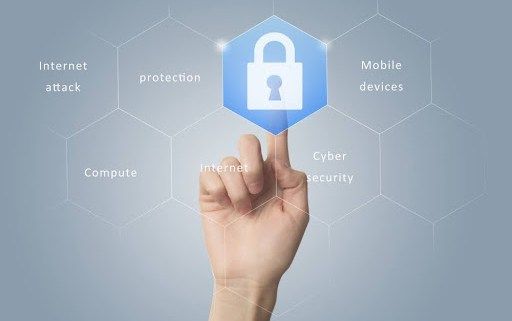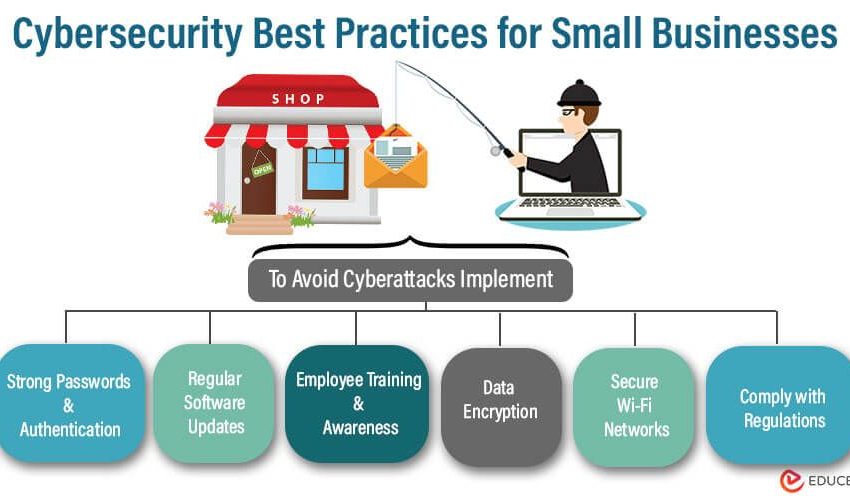Top 10 Tips to Protect Your Online Privacy
Creating strong passwords is the first step to protecting your online privacy. Make sure to use a combination of letters, numbers, and special characters, and avoid using easily guessable information such as your name or birthdate.
2. Enable Two-Factor Authentication
Two-factor authentication adds an extra layer of security to your accounts by requiring a second form of verification, such as a code sent to your phone. Enable this feature whenever possible to protect your accounts from unauthorized access.
3. Update Your Software Regularly
Software updates often include security patches that address vulnerabilities that could be exploited by hackers. Make sure to keep your operating system, applications, and antivirus software up to date to protect your device from malware and other threats.
4. Be Mindful of Public Wi-Fi
Avoid accessing sensitive information, such as online banking or personal emails, while using public Wi-Fi networks. Hackers can easily intercept data on unsecured networks, so use a virtual private network (VPN) for added security when browsing on public Wi-Fi.
5. Use Encryption for Communication
Encrypting your emails, messages, and other communications adds a layer of protection against eavesdroppers. Look for messaging apps and email providers that offer end-to-end encryption to keep your conversations private.
6. Limit the Information You Share
Be cautious about the information you share online, especially on social media. Avoid sharing sensitive personal details, such as your address or phone number, and adjust your privacy settings to control who can see your posts and profile information.
7. Clear Your Browsing History
Regularly clearing your browsing history, cookies, and cache can help prevent websites from tracking your online activity. Use private browsing mode or browser extensions that block tracking cookies to maintain your privacy while browsing the web.
8. Secure Your Devices
Protect your devices with strong passwords or biometric authentication, such as fingerprint or face recognition. Enable device encryption to secure your data in case your device is lost or stolen, and consider installing security software to protect against malware and phishing scams.
9. Avoid Phishing Scams
Be cautious of emails, messages, or websites that ask for personal information or prompt you to click on suspicious links. Phishing scams are a common tactic used by cybercriminals to steal sensitive information, so always verify the legitimacy of the sender before taking any action.
10. Monitor Your Online Accounts
Regularly review your online accounts for any suspicious activity, such as unauthorized logins or purchases. Set up alerts for unusual account activity and monitor your credit report for any signs of identity theft. Taking proactive steps to monitor your accounts can help you detect and mitigate potential security threats.


